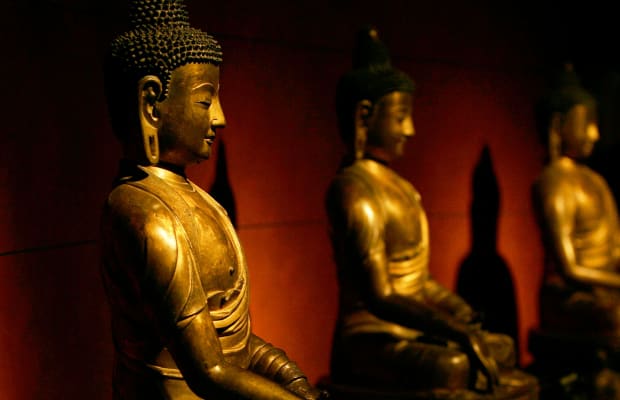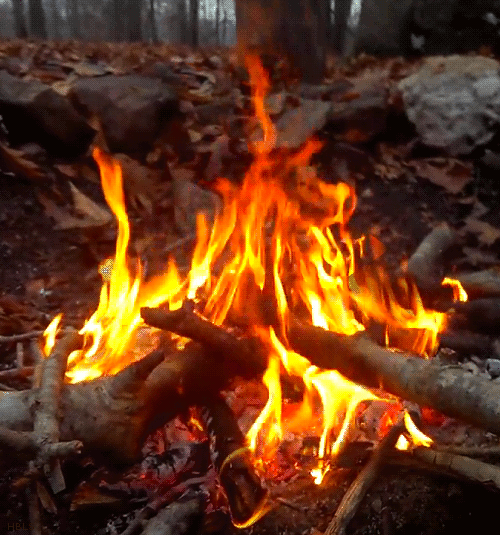
Verse 130: All are afraid of the stick, all hold their lives dear. Putting oneself in another’s place, one should not beat or kill others.
The Story of a Group of Six Bhikkhus
While residing at the Jetavana monastery, the Buddha uttered Verse (130) of this book, with reference to a group of six bhikkhus.
After coming to blows the first time, the same two groups of bhikkhus quarrelled again over the same building. As the rule prohibiting beating others had already been laid down, the group of six threatened the other group with upraised hands. The group of seventeen, who were junior to the chabbaggis, cried out in fright. The Buddha hearing about this laid down the disciplinary rule forbidding the raising of hands in threat.
Then the Buddha spoke in verse as follows:
Verse 130: All are afraid of the stick, all hold their lives dear. Putting oneself in another’s place, one should not beat or kill others.
Dhammapada Verse 130
Chabbaggiya Bhikkhu Vatthu
Sabbe tasanti dandassa
sabbesam jivitam piyam
attanam upamam katva
na haneyya na ghataye.
Source: Tipitaka







